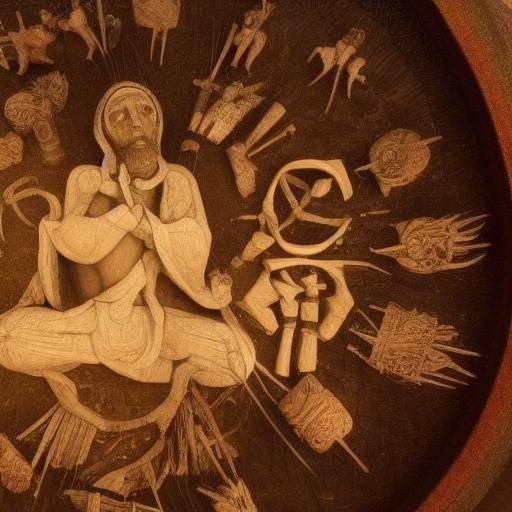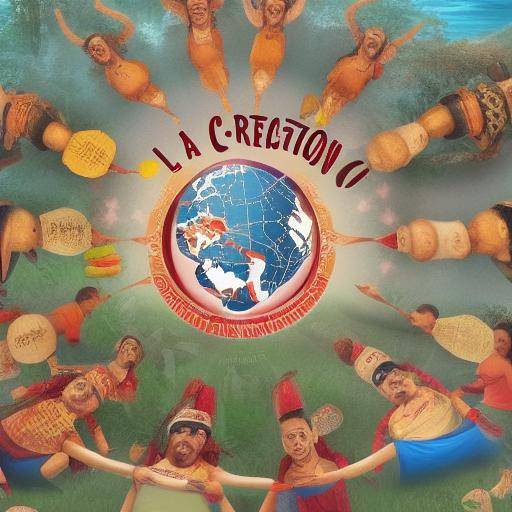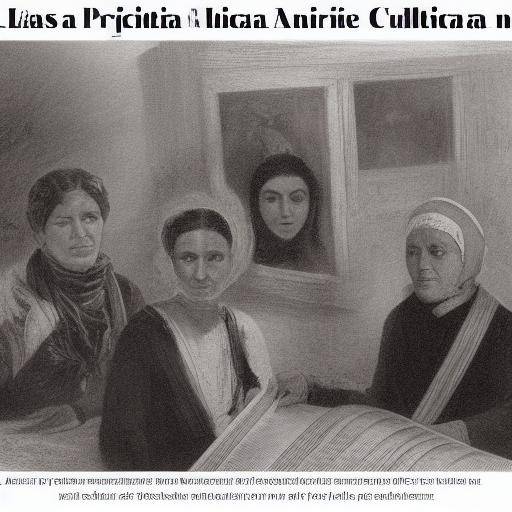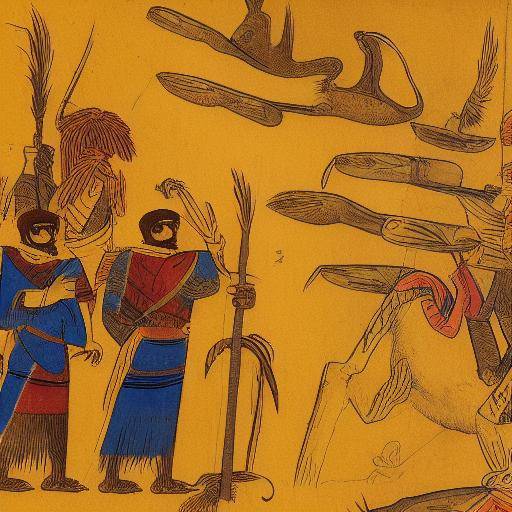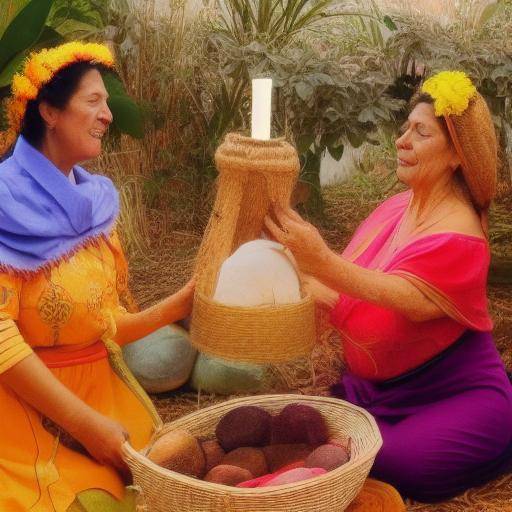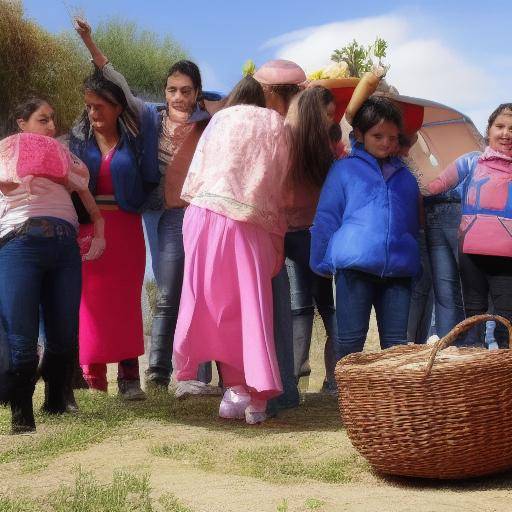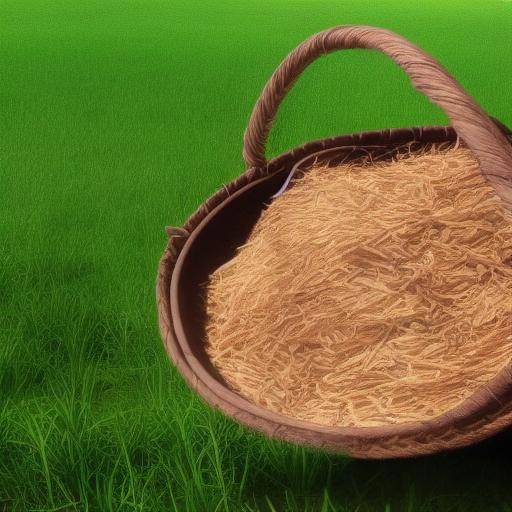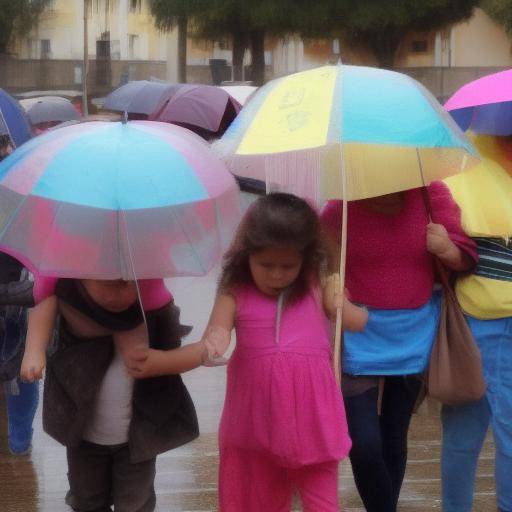
The relationship between rain, fertility and native mythology has been a crucial part of indigenous cultures around the world. Throughout history, these cultures have developed myths, rituals and beliefs that deepen the connection between rain, fertility and land. In this article, we will explore the myths of rain and fertility, their importance in native mythology, and how these beliefs have endured despite changes and advances in society.
Introduction
Since time immemorial, indigenous societies have attributed a transcendental meaning to rain and its role in the fertility of the earth. These myths have not only served to explain natural phenomena, but also to establish a spiritual relationship with the environment. In this article, we will explore the rich history of the myths of rain and fertility in native cultures, from their origins to their relevance today.
With a historical and anthropological look, we will show how these beliefs have shaped whole societies, influencing their agricultural practices, rituals and collective identity. We will also discuss the importance of preserving and understanding these myths in the context of cultural conservation and respect for ethnic diversity.
Myths of the Rain and its Meaning in Fertility
History and Background
Historical Origins of the Rain Myths
Rain myths have their roots in the oldest traditions of native cultures. From the Mayan people to the African and Australian tribes, the rain has been interpreted as a gift of the gods, a symbol of renewal and vitality for the earth. These accounts have been transmitted from generation to generation, shaping the worldview of these communities and their relationship with nature.
The Rain as a Fertility Source
The fertility of the earth has been directly associated with the abundance of rain in numerous native cultures. In indigenous mythology, rainwater is seen as a vital force that nourishes the earth, allowing crops to flourish and that life prospers. This concept is fundamental in the understanding of agriculture and ceremonial practices of these societies, where invoking rain is an essential act to ensure harvest and community well-being.
Native mythology and its relationship with rain and fertility
The Symbolism of Rain in Native Mythology
In native mythology, rain is seen as a manifestation of divinity and supernatural power. It is considered a messenger of the gods that brings with it the promise of life and fertility. Through myths and legends, rain is personified as a benevolent entity or even as a gift of nature's protective deities.
Rituals and Practices Related to Rain and Fertility
The myths of rain and fertility are intrinsically linked to rituals and ceremonial practices in native cultures. From rain dances to ritual offerings, these activities reflect the profound spiritual connection that these cultures maintain with nature and their desire to maintain the balance between the human world and the natural world.
The Rain and Fertility Myths in the News
Cultural and Environmental Importance
Preservation of the Myths in the Modern Age
Despite the changes and challenges facing native cultures today, the preservation of the myths of rain and fertility remains a cultural imperative. These beliefs are not only an integral part of the identity of these communities, but they also represent an invaluable knowledge of the harmonious interaction between humanity and the natural environment. Understanding these mythological traditions is fundamental to the conservation of cultural diversity and the appreciation of ancestral wisdom in a constantly changing world.
Environmental and Ecological Implications
In a broader context, rain and fertility myths have significant implications for environmental conservation and sustainability. These stories convey the importance of caring for and preserving natural resources, reminding future generations that harmony between humanity and nature is essential for survival. In this way, these mythological beliefs also play a crucial role in raising awareness of environmental care and protecting vital ecosystems.
Linking between Rain, Fertility and Cultural Diversity Myths
Respect for the Different Cosmovisions
In a globalized world, it is essential to recognize and respect the diversity of worldviews that exist in native cultures and their different interpretations of rain and fertility. These beliefs are a living witness to the cultural and spiritual richness of humanity, and their preservation contributes to broadening horizons and fostering an enriching intercultural dialogue.
Promotion of Cultural Heritage
Recognizing the importance of rain and fertility myths in native cultures means promoting their inclusion in the cultural and educational agenda. Promoting a deeper understanding of these myths is essential to the preservation of cultural heritage and to value diversity as a catalyst for mutual enrichment.
Conclusion
In conclusion, the myths of rain and fertility have a profound meaning in native cultures, transcending the mere explanation of natural phenomena to become spiritual and cultural pillars. Their preservation and understanding are essential for the consolidation of respect for cultural diversity and the understanding of environmental sustainability.
Exploring these myths invites us to reflect on our relationship with nature and reminds us of the relevance of honoring the traditions that have shaped our perceptions of the world. Keeping these ancestral stories alive is a way of preserving an invaluable legacy of wisdom that can illuminate the path to a more harmonious and sustainable future for all cultures and for the planet we share.
Frequently asked questions
What is the importance of rain myths in native cultures?
Rain myths are fundamental in native cultures, as they narrate the relationship between rain, fertility and spirituality. These accounts not only explain natural phenomena, but also reflect the worldview and values of these communities.
How do the myths of rain influence the agricultural practices of native cultures?
Rain myths play a crucial role in agricultural practices, as they foster the harmonious relationship between humanity and earth. These beliefs inspire rituals and ceremonies aimed at invoking rain to ensure the fertility of crops.
What lessons can we learn from the myths of rain today?
Rain myths teach us the importance of respecting and caring for the natural environment. They also remind us of the need to preserve cultural diversity and to promote harmonious coexistence between humanity and nature.
What is the role of native mythology in the conservation of the environment?
Native mythology promotes respect for the environment by emphasizing the importance of maintaining a balance between humanity and nature. These mythological beliefs foster the conservation of natural resources and the protection of ecosystems.
##There are variations in the myths of rain and fertility depending on culture and region?
Yes, the myths of rain and fertility vary significantly according to culture and region. Each indigenous community has its own interpretations and narratives related to rain and fertility, reflecting the diversity and wealth of mythological traditions in the world.
How have indigenous cultures adapted their myths of rain and fertility to contemporary changes?
Many native cultures have kept alive their myths of rain and fertility through oral transmission and the practice of traditional rituals, while they have also adapted these stories to their interaction with the modern world, recognizing the importance of preserving their cultural heritage.
We hope that this article has provided an enriching view on the myths of rain, fertility and native mythology, highlighting its historical, cultural and environmental importance. In understanding these ancestral narratives, we can recognize the wisdom contained in indigenous traditions and promote greater respect for cultural diversity and nature.


